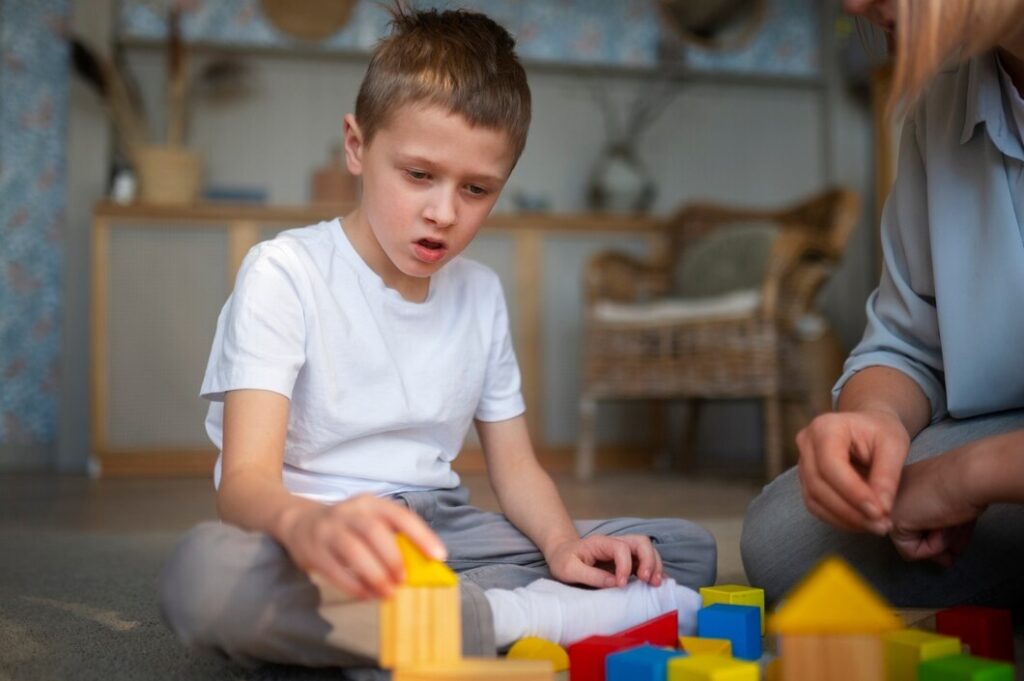Childhood is a masterful painting in progress, where each brushstroke contributes to the masterpiece that is a child’s development. For some children, the natural progression of growth and learning faces hurdles that can be mitigated with the right support. This is where occupational therapy for young learners steps in, offering strategies and interventions tailored to each child’s unique needs.

Understanding the Role of Occupational Therapy
Occupational therapy (OT) might evoke the image of rehabilitation for adults, but its spectrum is broad, encompassing vital services for children. It’s not just about a job or occupation in the traditional sense. It’s about the meaningful activities—or “occupations”—that occupy our time. For children, this includes the fundamental tasks of playing, learning, and growing. Once they build confidence with the basic tasks at home and school, many of their other obstacles become easier to manage day-to-day.
The Spectrum of Pediatric Occupational Therapy
OT for children is not a one-size-fits-all approach. It covers a range of interventions, from helping children with developmental delays to supporting those with physical disabilities or behavioural issues. Therapists work to develop a child’s fine motor skills, sensory integration, and self-care routines, such as dressing and feeding themselves. They recognise the need to tailor the service to cater to their unique circumstance because every individual is special and responds to different methods in their own manner.
Sensory Integration and Its Significance
Many OT programs for children focus on sensory integration, a term that describes how our brains process and respond to our environment. For children with sensory processing disorders, the world can be an overwhelming place. Occupational therapists with experience in this particular field use a variety of techniques to help these children manage their sensory experiences.
Social Skills and Occupational Therapy
Another critical aspect is social skill development. Through play and guided activities, therapists assist children in understanding social cues and learning how to interact with their peers. This facet of therapy is essential for children with autism spectrum disorder or social communication difficulties. Results might not be achieved overnight, but there should be improved outcomes that allow them to foster positive relationships that boost self-esteem.
The Benefits Extend Beyond the Child
The advantages of engaging in trusted OT services resonate through the family as well. Parents and caregivers gain insights and strategies to support their child’s development and are often involved in the therapy process. The ripple effect of these benefits can be felt across the child’s broader educational and social landscape.
In Closing
In essence, occupational therapy for children paints possibility onto the canvas of their lives. It offers the tools and techniques to help each child overcome obstacles, turning potential into progress. As they develop the skills to navigate their world, their confidence and independence flourish.
For those eager to understand more about how children interact with their world, an insight into child development and learning stages provides an excellent overview. This resource breaks down the complex journey of growth in the formative years, offering feedback that runs parallel to the goals of occupational therapy.



